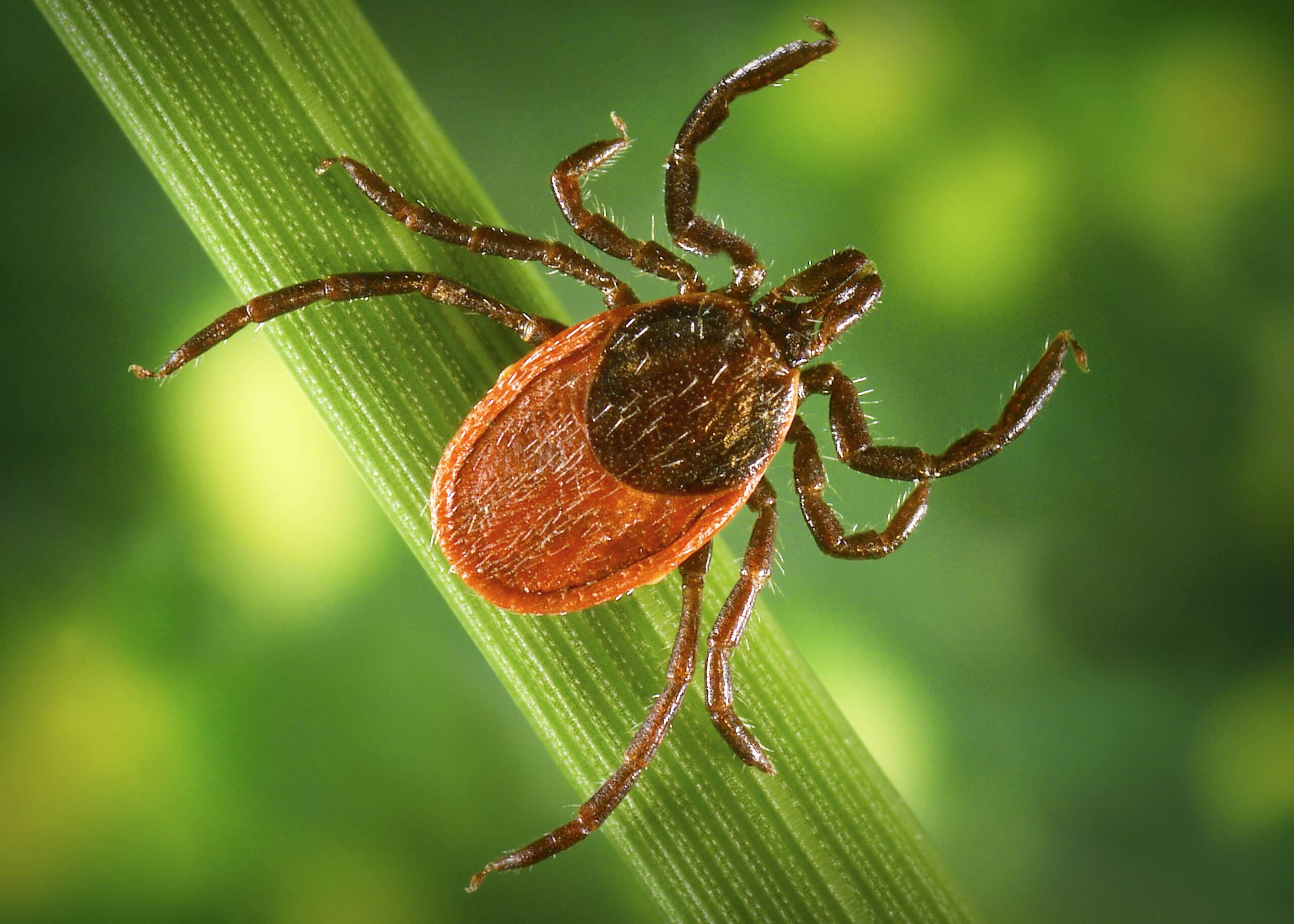Safe Tick Removal – Fact vs. Fiction

So, you’ve found a tick attached to your pet. First things first—don’t panic! You may have heard that a tick bite guarantees infection or the transmission of Lyme disease, but this is not true. While ticks are known to carry many diseases and bacteria that can be transmitted to both humans and animals, infection is not a certainty—especially if you remove the tick quickly and properly.
Removing ticks: Myth vs. facts
Knowing how to remove a tick safely is just as important as preventing tick bites in the first place. After all, no matter how careful you are there is still a chance that ticks will attach themselves to your pet at some point in its life. There are many myths about tick removal and ticks in general, but removing ticks safely is actually very simple!
Myths
Many of the myths surrounding tick removal are about ways to remove them safely. For example, some sources will claim that pulling a tick out by the body can result in the head being left in the victim’s body. This is not true. Ticks do not bury their head in the body of animals they bite. Other myths about removal that can be detrimental to your pet’s health are:
- Petroleum jelly will suffocate a tick and make it fall out.
- Fire makes ticks dislodge themselves.
While suffocating a tick is possible, the chance that you will be able to fully cover a tick with a petroleum jelly product is unlikely and the product will only make it hard to grip the tick for removal. Likewise, using fire or heated metal will not make a tick dislodge itself, but it will present a serious risk to your pet. Finally, there may be people who tell you that the only safe way to deal with a tick is to take your pet to a vet. This is untrue as you can remove ticks safely by yourself. The only point at which a vet visit is necessary after a tick bite is if your pet shows signs of sickness or infection.
Facts
While vets and scientists have been researching innovative ways of dealing with ticks, pulling a tick from your pet’s body is still the safest and quickest way to deal with them. You can have a vet do this, but it is just as safe to do it at home as long as you follow proper procedures. To safely remove a tick, you should:
- Wash your hands thoroughly.
- Use a pair of tweezers or a tick removal tool to grip the tick close to your pet’s skin. Grip the tick’s head. Don’t grip it by the abdomen as this will force material from the tick into the wound and increase the chance of infection.
- Pull straight away from your pet’s body firmly but gently. Do not twist the tick when pulling and try to avoid catching fur as much as possible to avoid discomfort to your pet.
- Dispose of the tick.
- Clean the area to prevent bacteria from entering the wound.
While there are many tick myths out there, arming yourself with facts will help you and your pet when one of these nasty creatures presents itself. If you follow these steps, the tick will come away cleanly and quickly, reducing the risk of any infections or diseases a tick bite may cause.




